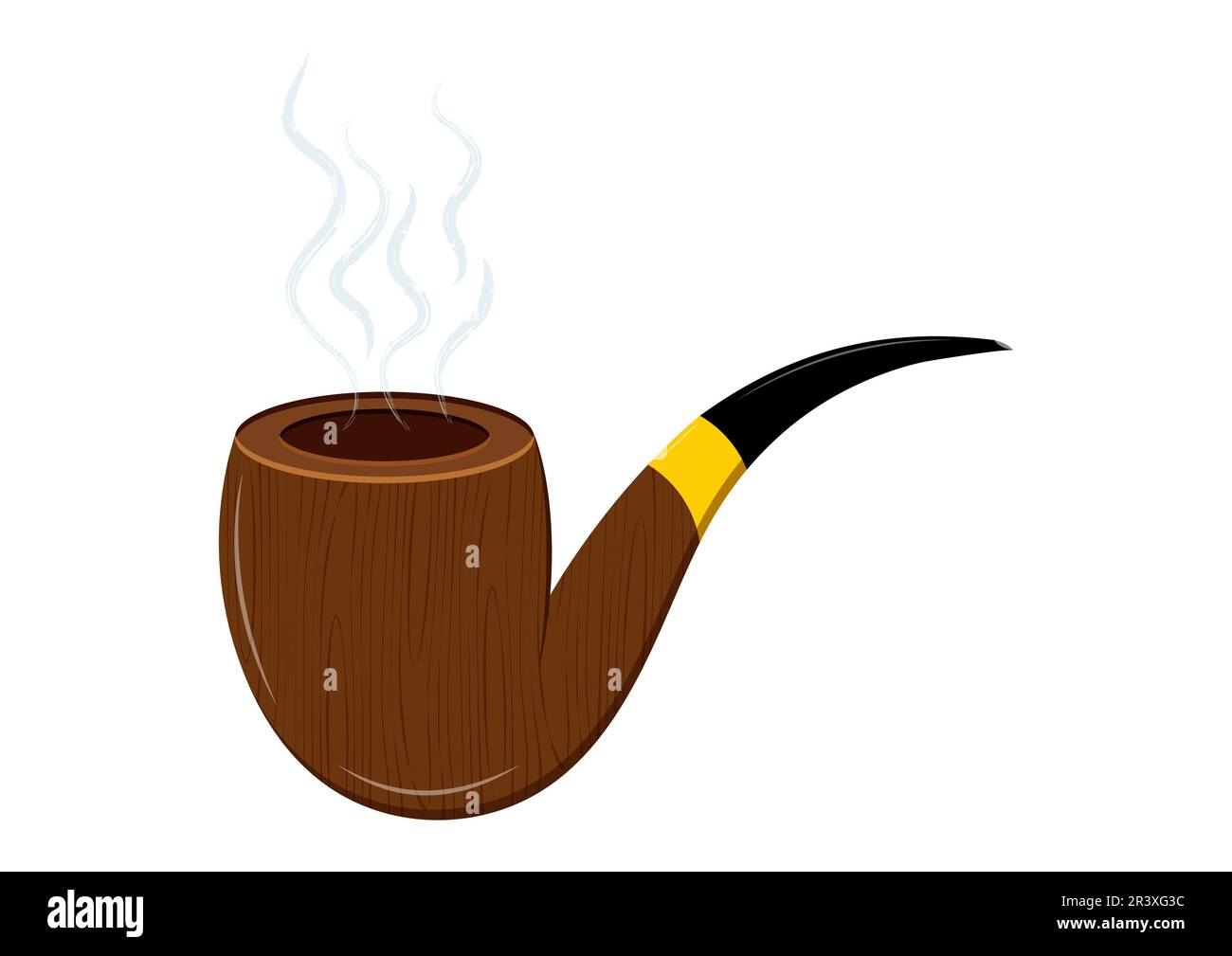
Calabash gourds (usually with meerschaum or porcelain bowls set inside them) have long made prized pipes, but they are labour-intensive and, today, quite expensive. Because of this expense, pipes with bodies made of wood (usually mahogany) instead of gourd, but with the same classic shape, are sold as calabashes. Both wood and gourd pipes are functionally the same (with the important exception that the dried gourd, usually being noticeably lighter, sits more comfortably in the mouth). The internet is a great boon to the pipe smoking enthusiast hoping to purchase an excellent pipe or locate some rare tobacco. One can directly contact many of today’s very best artisan pipe makers, online retailers, most brick and mortar shops and there are literally tens of thousands of items under “ pipes” on Ebay. However, a huge percentage of them are, if not junk, then at least not to be recommended.
Metal pipes became popular in Norway in the 1760s, but Meerschaum still lasted a century. An economically friendly alternative needed to be found, or cigars and cigarettes would usher in a pipeless future. Meerschaum is still used today, mostly as carved decorative pipes from Asia for the tourist trade. Still, these fragile pipes were too expensive for a long-term habit. The long handle prevented hands and lips from touching the burning hot bowl of the pipe, but they also broke off constantly. You can clean the used tobacco pipe by soaking it in a mild detergent plus water solution overnight.
There are huge numbers of artisan pipe carvers Fashion tobacco pipe creating beautiful work. Tobacco blends are very similar to the insurgence in craft beer and wines. Becoming a bit more commonplace today, the Squat Tomato is stunning with a dark sandblasted finish, a contrasting shank extension, and a smooth rim. Perhaps no shape embodies that of the smoking pipe more clearly than the classic Billiard.
Many of these early creations, shaped by hand tended to incorporate the natural shape of the briar burl and direction of the grain. Corn cob pipes are quite popular and have a long history in the U.S. Also simply called “cobs”, they are actual dried corn cobs crafted into pipe bowls and inserted with a wood shank affixed with usually a plastic or acrylic stem. Often used by tobacco blenders to judge new blends, they do not affect tobacco taste and are inexpensive enough to be tossed when they begin to burn out.
Pipe makers are beginning to experiment with different finishes, but the Ramses seems most comfortable in a smooth finish. Bo Nordh was a true pioneer of both mechanics and artistry, the combination of which gave us the Ramses pipe, and what a beautiful pipe it is. True to its namesake, a classic Billiard’s shank is still both round and straight, and is about as long as its bowl is tall. Tapered or saddle stems are both common on this pipe, and stems measure 2 inches in length, give or take. The Billiard’s timeless shape has served as a launching pad for many other pipe shapes over the years. But centuries ago, when tobacco pipes were handmade, they had quite a few visible features like uneven stem thickness and rough surfaces.
At Bisgaard Pipes we have chosen to only include the very best pipes from the foremost pipe makers of the world today. As you browse our collection, you will find high variety and many different price ranges, catering to the needs of both the beginning pipe smoker and the experienced collector. When a pipe maker begins to work on a Freehand pipe, there isn’t always an established shape that he is determined to arrive upon. The piece of briar that is being worked, in some ways, has a will of its own.
The grain of the wood is quite fine, and it’s much harder than previous materials. While it was almost as fragile as its predecessor, Meerschaum did reign supreme as a pipe material for about a century. Artists loved it for its ability to be carved into anything; smokers appreciated that the material, once hardened in the sun or a warm room, offered a smooth smoking experience. If you notice stem bores of around 5/64” to 4/64”, it’s likely a tobacco pipe from the late 18th century or later.